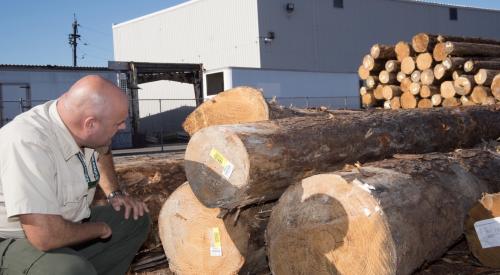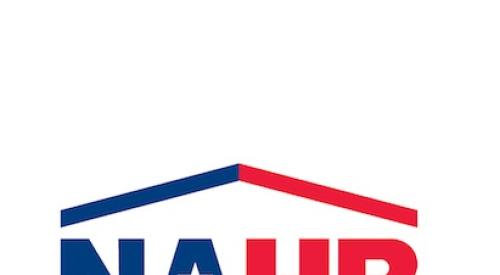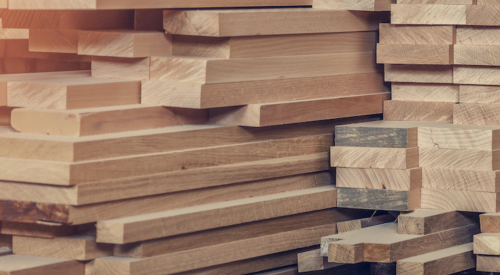The high-impact hurricanes of 2017 cost the American people close to $200 billion. They’ll have a significant effect on local economic growth, and, given the size of affected regions, that impact will likely be visible in national economic indicators. The effects on the national economy will be offset by continued gains elsewhere.
Hurricanes can have a significant impact on the demand for and the production of new homes. Demand for housing can be adversely affected if the population fleeing the hurricane does not return, which can also worsen labor shortages.
The immediate impact of Harvey, Irma, and Maria is likely to be lower housing production, although production will ultimately return to the pace determined by overall economic factors.
The first major report showing the economic impacts of Harvey and Irma was the September employment report, showing a national job loss of 33,000. Job losses were concentrated in food and leisure services. Home builders and remodelers lost 3,500 jobs, although over the last year, residential construction employment has increased by 80,600.
Taken together, both historical analysis of hurricanes’ impact on housing markets and the latest jobs report indicate that the recent hurricanes are likely to affect future housing starts and sales data over the short run.
Natural disasters such as hurricanes impact both the stock of current housing and the flow of new housing. NAHB economists are forecasting that hurricane-related losses in economic activity will be mostly made up for with gains in repair and restoration activity over the next six to nine months.
Building materials prices may see a temporary hike as well. NAHB economists anticipate that the hurricanes may affect softwood lumber prices, but those effects will likely be localized and short term.
Ultimately, broader economic fundamentals and trade policy will determine building materials prices.
NAHB economists note that overall, year-to-date growth shows that new-home sales are continuing to make consistent, long-term gains. But we may see more volatility in the next few months as communities affected by the recent hurricanes experience construction delays and other economic disruptions.













